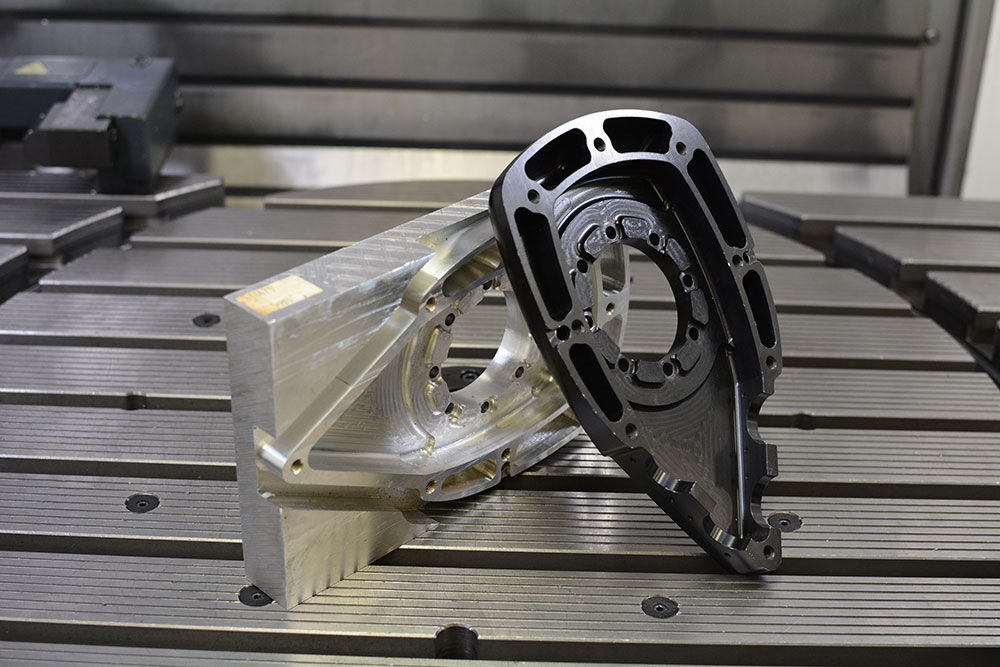
What Are the Different Types of Reverse Engineering Tools?
Following the schemata backwards of a designed product is necessary for figuring out how the product is made to work and what went wrong or what could go wrong in its operation. The types of reverse engineering include analysis of the product in operation from operation to building of the product and its inception as well as the dismantling of the product to analyze its hardware. Reverse engineering is necessary in developing cause in legal suits as well as in improving a product by detecting possible flaws in a product.
There are some specific means of performing the various types of reverse engineering since the process can be done on a variety of products as well as systems. The techniques include microscopic analysis as well as colour spectrum study using spectroscopic equipment and analysis. The technical equipment needed to do a reverse engineering analysis is expensive but there are labs that can be hired to perform the reverse engineering analysis. These labs have the equipment and staff to perform reverse engineering analysis that includes techniques like electro and transmission microscopy, x-ray spectroscopy, ion beam and x-ray diffraction, and other more highly specialized analysis using spectroscopy.
Reverse engineering analyses is also done when testing batteries to determine their materials and their composition as well as determining the time when a battery needs to be charged and for how long. Reverse engineering analysis is also done on products like microphones, hearing aids and other similar products to test audio standards. Reverse engineering analysis can also track the procedure used to power a product and to determine the effect of the powering of a product and how that powering can affect other products. Reverse engineering analysis can break though code and instructions used in operating a product.
Reverse engineering analysis in developing a clear understanding of an instrument works from the instrument back to the instructions used in building the instrument. The process is meant to present a type of blueprint of a system that will enable others to foresee problems, make corrections, or figure out what went wrong and where it went wrong in the building process of a system or tool. There are different types of reverse engineering depending on the system or tool that is to be analyzed but all types of reverse engineering have the goal of dismantling a tool and reconstructing its components.


